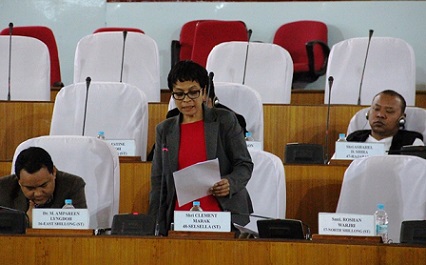
SHILLONG, MAR 19: Concern over the controversy that emerged from Mawlai being categorize as slum, Meghalaya urban affairs minister Ampareen Lyngdoh expressed her regrets and said that it was not her intention to instigate or agitate the Mawlai residents .
Lyngdoh’s statement came after UDP legislator Embhahlang Syiemlieh, who represents Mawlai constituency, sought clarification and also demanded an apology from her in the state assembly on Wednesday.
Lyngdoh said in her half an hour reply, “It has not been my intention to instigate and agitate the members but in my haste to reply, I might have hurt the feelings of some members and for which I express my regret.”
Lyngdoh mentioned that the debate and controversy stems from her reply on the question on whether Mawlai is a slum area or not.
Stating that it was also not her intention of saying that the whole Mawlai is a slum area, Lyngdoh said, “What I had meant to say was that apart from the many slum areas which were identified in and around Shillong municipal area, if one goes by the definition followed in the state for identification of slums, many pockets in Mawlai as well as in the other townships of Shillong Urban Agglomeration will emerge as slum pockets.”
Lyngdoh clarified that during her reply to a supplementary question on Friday, she had tried her best to inform members that with growing pressure of urbanization and with limited scope of intervention by the department due to our peculiar constitutional position, there is every likelihood that many more slum pockets are in existence and new slum pockets will emerge in Greater Shillong area in the days to come.
Lyngdoh also felt that it will not be right to equate the state’s slums with the slums which are heard and seen in cities like Mumbai and Kolkata and, therefore, must look at the problem pragmatically so that the problem can be addressed in a more practical and meaningful manner.
According to Lyngdoh, slum areas in the state have been identified and notified as per provisions of The Meghalaya Slum Areas (Improvement and clearance) Act, 1973 (The Assam Slum Areas (Improvement and Clearance) Act, 1959 as adapted by Meghalaya in 1973.
Lyngdoh said that as per the act, where the state government upon report from the authority or other information in its possession is satisfied in respect of any area, that building in that area are in any respect unfit for human habitation or are by reason of dilapidation, overcrowding, faulty arrangement and design of such buildings, narrowness, lack of sanitation facilities or any combination of some of all these factors, are detrimental to safety, health or morals of the people of that area, by notification in the official Gazette, declare such areas to be slum areas.
Stating that unlike in other cities of the country, where slums have emerged primarily on government lands, Lyngdoh said, “In our state, slum like situation have emerged mostly on private lands and that too, due to reasons of lack of basic infrastructure, congestion and shanty structures in some cases,” adding “Comparing slums in Shillong with that of the rest of the country will therefore not reflect a true picture.”
Pointing out that the emergence of slums pockets has always been attracting the attention of the government, Lyngdoh said that the government initially had taken up improvement works under a centrally assisted programme called the Environmental Improvement of Slum Areas (EISA) which was subsequently renames as Environmental Improvement of Urban Slums (EIUS) schemes and transferred to state plan.
“This programme was subsequently included under the Twenty Point Programme and even today it is monitored under the same programme. The main objective of this scheme is to improve the physical environment and to improve the quality of living condition by providing basic amenities and facilities,” she added.
Stating that slum improvement and creation of slum free cities in India is major priority of Union Ministry of Housing and Urban Poverty Alleviation has recently launched the Rajiv Awas Yojana is an attempt in that direction, Lyngdoh said, “We in the state are also in the process of getting a slum free city plan of action prepared for Shillong where after we intend to take up slum improvement works along with up-gradation of the existing housing stock in slum areas wherever feasible and alternatively to create new housing stock for the slum dwellers in the city.”
Lyngdoh informed that the 600 housing units under construction in Nongmynsong under JNNURM is also a similar step in the same direction.- By Our Reporter
Related post: https://www.ohmeghalaya.com/mawlai-forbids-dumping-over-slum-tag/

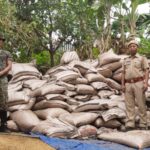







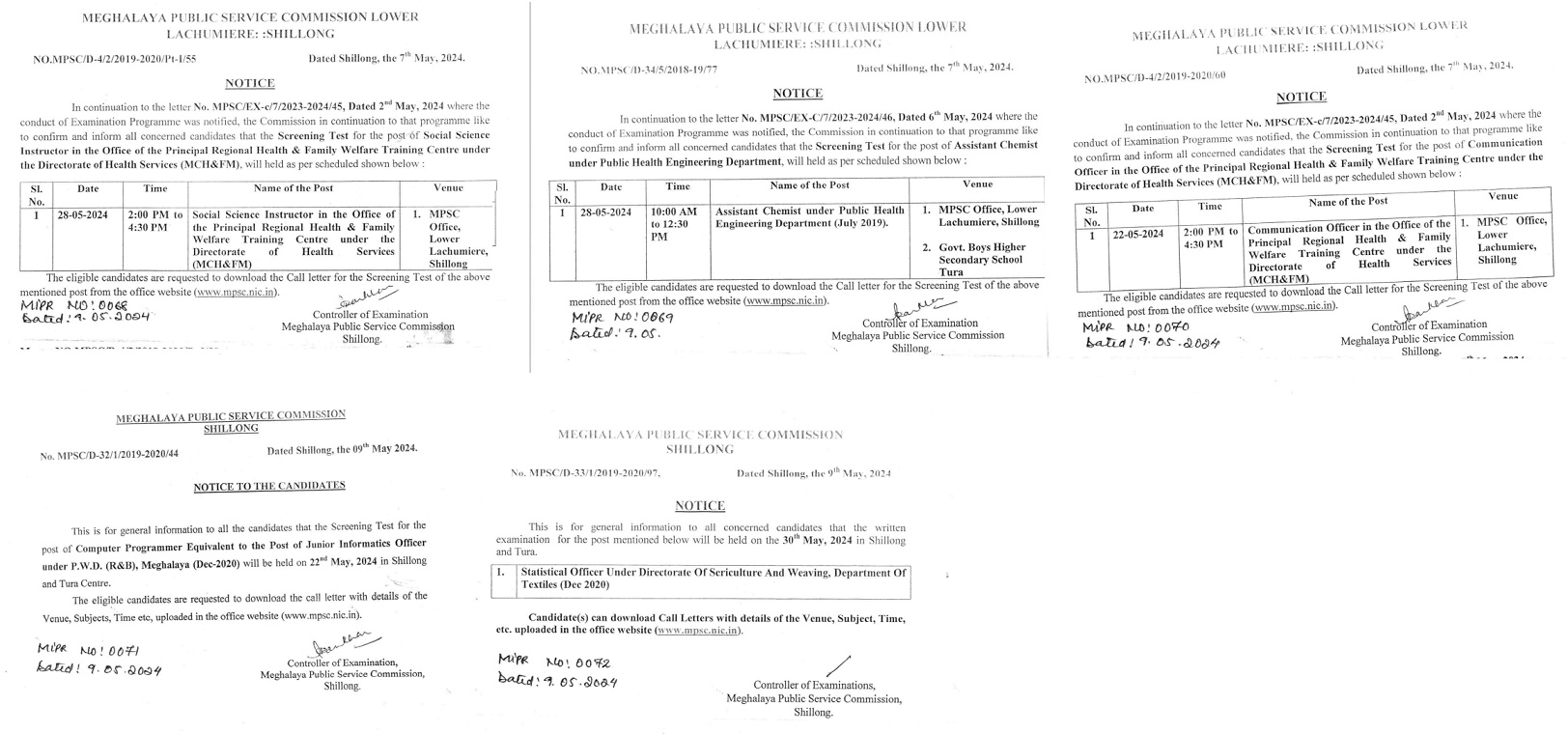


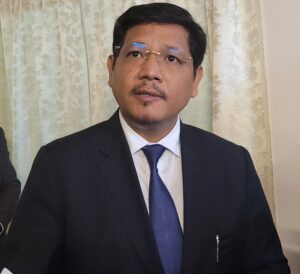
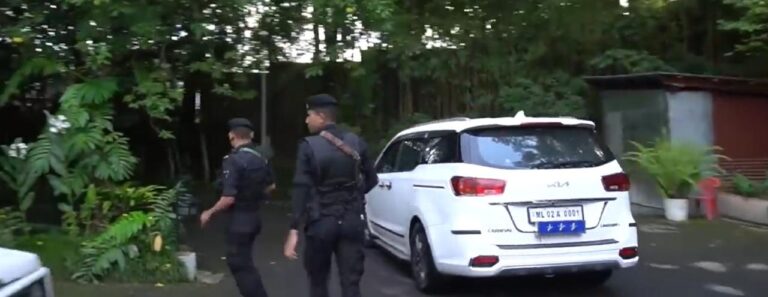
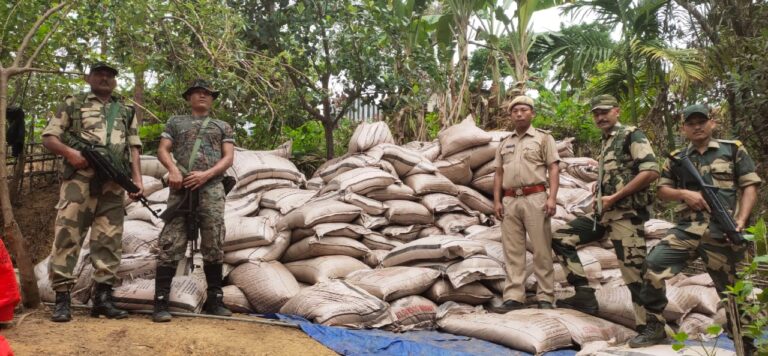
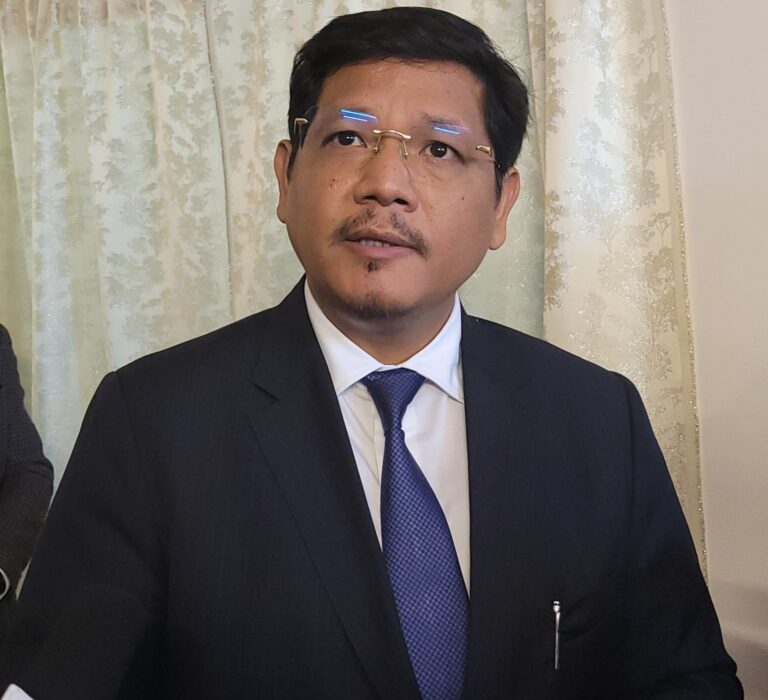
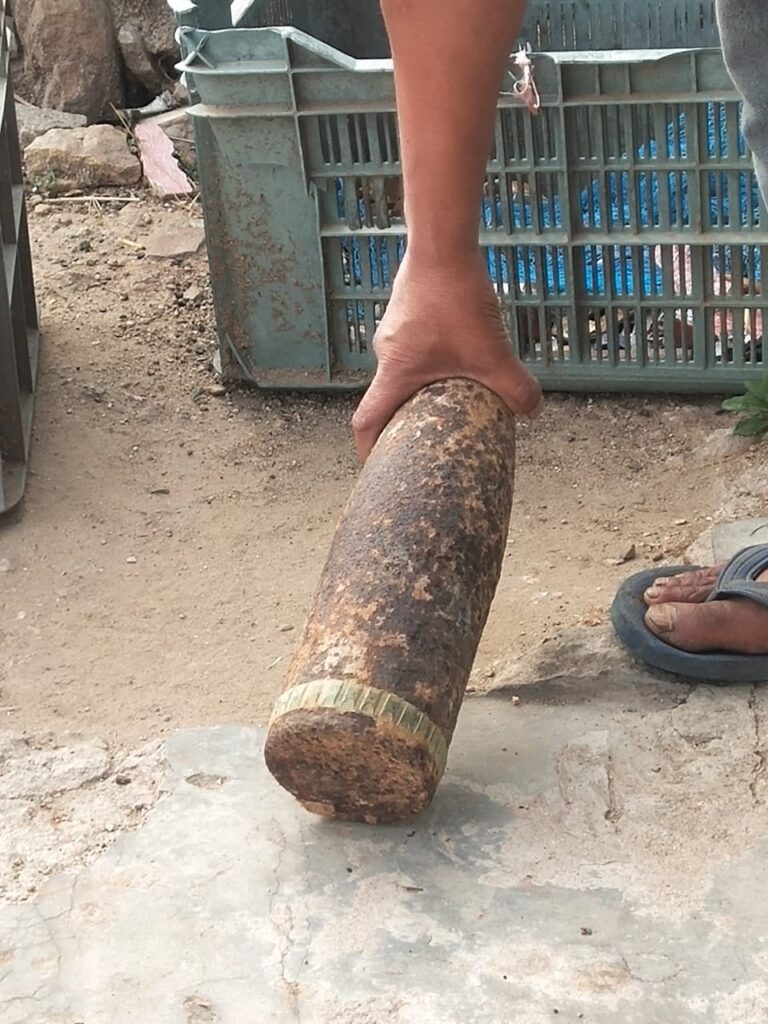
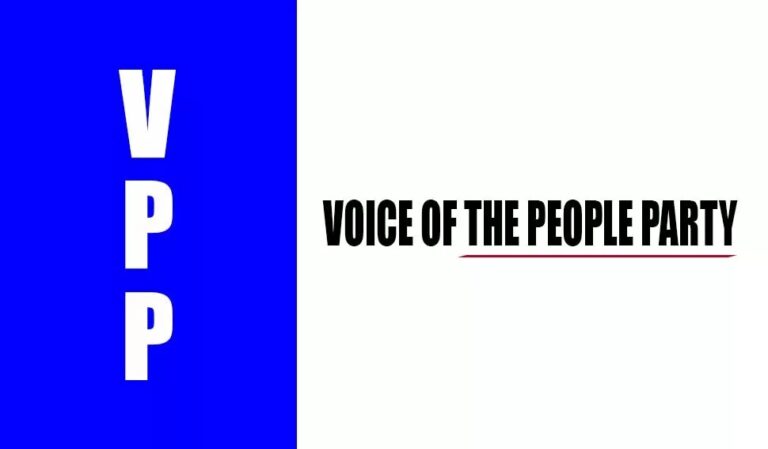
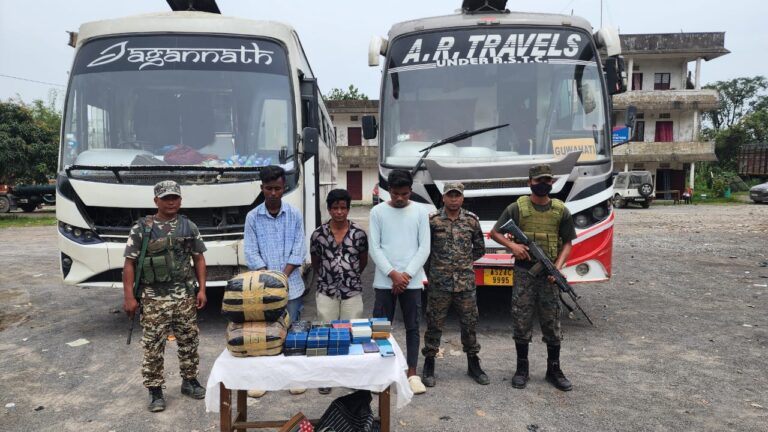

I fail to understand how kong Ampareen a representative with high education can use words without thought. She ignores the saying,’Think before what is to be said’.